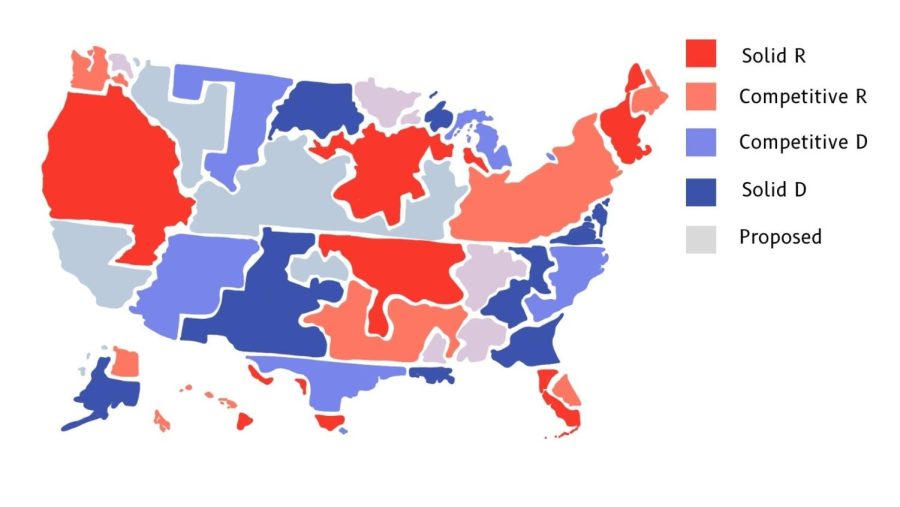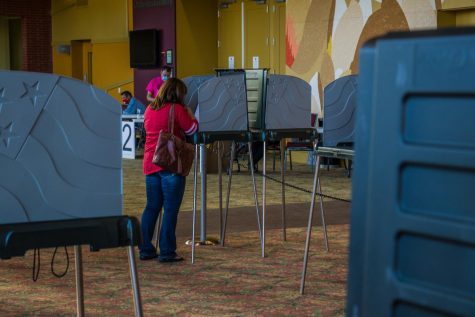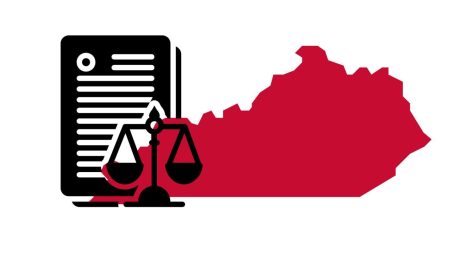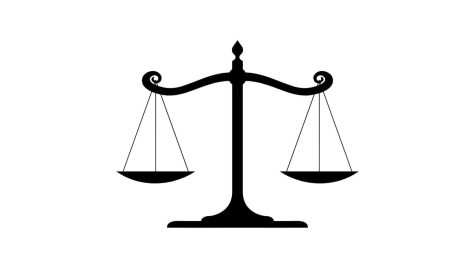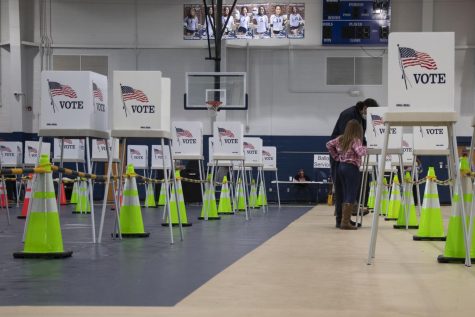Gerrymandering: What is it and how does it affect voters?
Gerrymandering is the process of manipulating the boundaries of an electoral constituency to create an advantage for one political party over another, effectively ensuring that party’s success in the district, state or region.
The most common form of gerrymandering is the process of partisan gerrymandering, which has been a common practice in the United States, receiving its name in the 19th Century, according to History.
“[Gerrymandering] has been going on for a long time,” Scott Lasley, a professor and department head in the Department of Political Science, said. “[With] redistricting, you have to do [it] every ten years after the Census. […] If you gain or lose seats, you have to redraw the lines; even if you don’t gain or lose seats and reapportionment, as long as you have more than one congressional seat, you have to redraw the lines.”
Redistricting happens primarily on the state and local levels, with the redrawing being for seats in the state Senate and the state House of Representatives, and which counties they represent. By doing this, Lasley said a political party can gain more seats over the other and have a greater say in the state government.
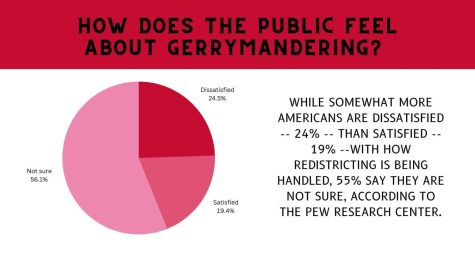
Lasley said there are several general principles that go into good redistricting. These principles include the idea of contiguity, in that the district is connected with itself; making the district as compact as possible; ensuring the district is competitive and avoiding cutting across geographical constituencies so that counties remain in the same district.
Gerrymandering can make efforts easier for one party, while making it more challenging for the other, primarily by redistricting so that there are more incumbents in the opposing party in one district, therefore lowering the number of total seats occupied by certain parties.
“If one party controls the disproportionate amount of redistricting at the state level, it can certainly set the stage for what party controls the majority of Congress,” Lasley said. “[…] One of the criticisms of redistricting is that it has led to more extreme districts.”
Traditionally, Kentucky has been a Republican-dominant state, with only the third district, largely centered around Louisville and the surrounding area, voting Democrat. This has continued with the modern redistricting of the state.
“The argument that some people make is that the districts are being drawn either more red or more blue, and they’re not to promote competition,” Lasley said. “And if that happens, […] in a lot of districts, you’re going to have a permanent minority for a decade, or two decades, or perhaps longer.”
For this upcoming election, due to population growth in Bowling Green and other parts of the state, some areas have been put into other districts, boosting the GOP’s presence. This will put voters in different districts than before, depending where in the county they live.
Lasley said some examples of this redistricting’s effects would be Republican candidates in more urban environments receiving a much smaller share of the vote and likewise with Democratic candidates in more rural environments.
Reporter Damon Stone can be reached at [email protected].

